How to Use Data-Driven Content Marketing
Aug 19, 2024
Written by Casey Bjorkdahl
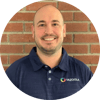
Casey Bjorkdahl is one of the pioneering thought leaders in the SEO community. In 2010, Casey co-founded Vazoola after working for a Digital Marketing Agency for five years in New York City. Vazoola is now one of the fastest growing and most widely recognized SEO marketing firms in the country.
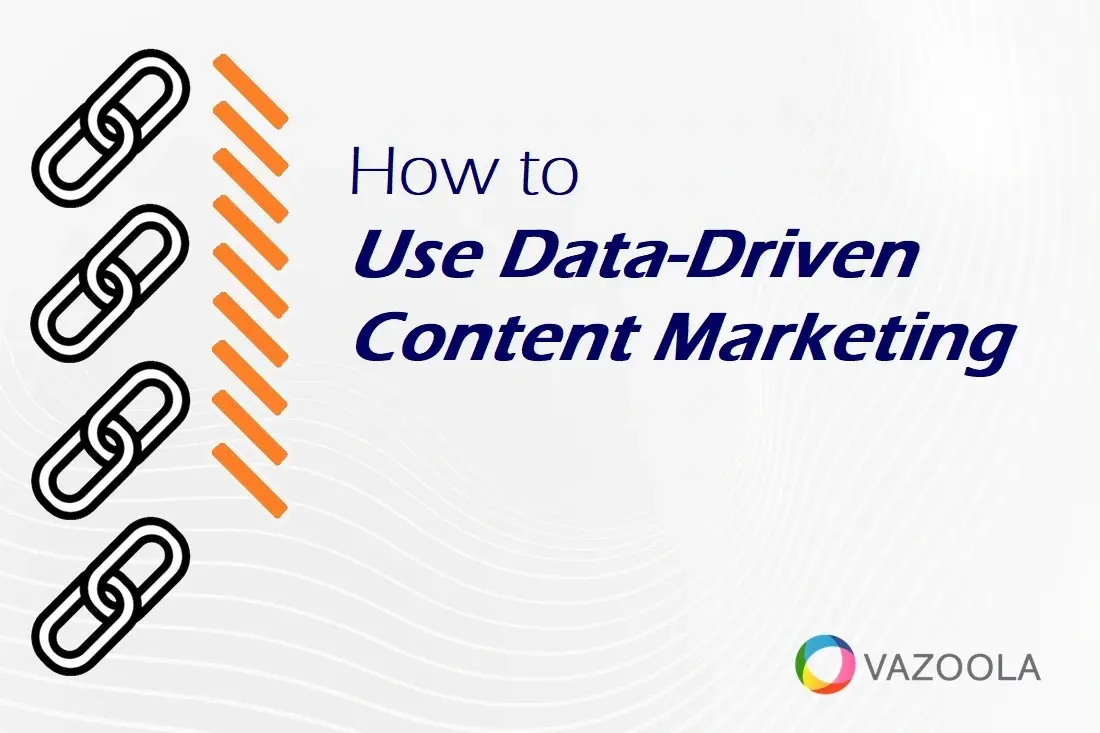
A data-driven marketing approach has never been more important. Once a luxury, a powerful content marketing strategy supported by data-driven insights is now a necessity.
Just what are data-driven insights, and exactly how effective is data-driven marketing? What is data-driven marketing in the digital realm?
According to a Forbes study, data-driven companies are 23 times more likely to acquire new customers when compared to their competition. The same companies also are about 19 times more likely to remain profitable and almost seven times more likely to retain their customers.
Why is content data so important to marketing in 2024? What’s the big deal with all that information?
The short answer is “a lot.” Data helps you understand your audience, optimize your content, and drive organic traffic – to name just a few benefits.
When you explore factors like audience demographics, behavioral data, engagement metrics, and competitive analysis, you can create tailored marketing content that resonates with target audiences.
How are different data types important to content marketing efforts? Keep reading as we present actionable steps for effective keyword research, data-driven content planning, and content optimization.
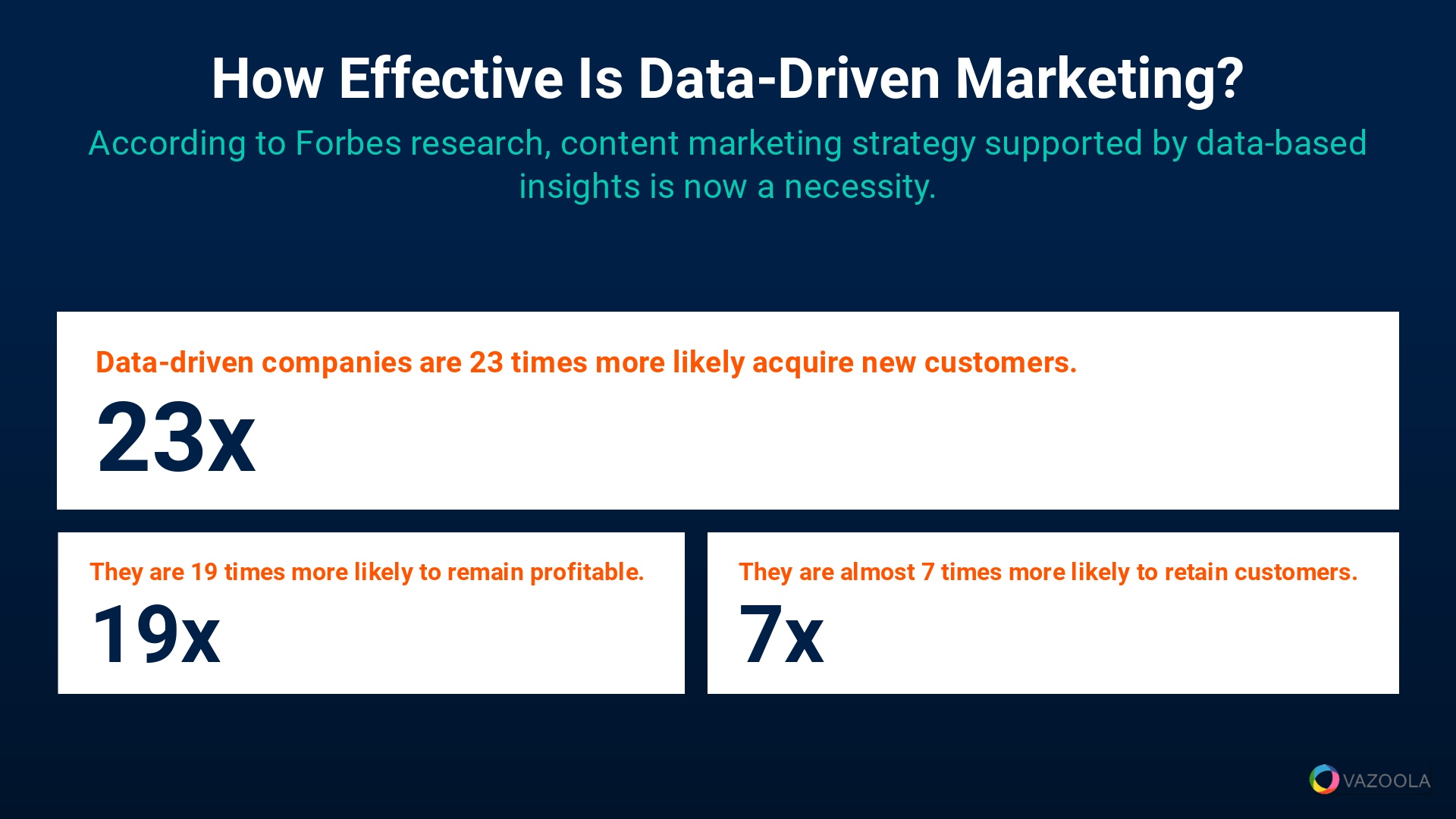
Key Takeaways
-
Data is an essential element of successful content marketing strategies.
-
Keyword research helps align content with audience needs and drives organic traffic.
-
Different types of data can help optimize content planning, creation, and performance.
-
A variety of analytics can help website owners understand and meet their audience’s needs.
-
Data-driven content planning maximizes a digital marketing ROI.
Table of Contents
The Power of Data in Content Marketing
Data now plays an important role in any successful content marketing strategy. How does data help you achieve your marketing goals? It offers insights into audience behavior, customer preferences, and industry trends.
These insights help data-driven marketers create content that resonates with their target audiences. Connecting with an audience leads to higher engagement, increased organic traffic, and a better ROI.
It’s no surprise then that businesses with data-based marketing strategies are more likely to achieve a higher ROI compared to those that don't.
Types of Content Data to Leverage for Marketing
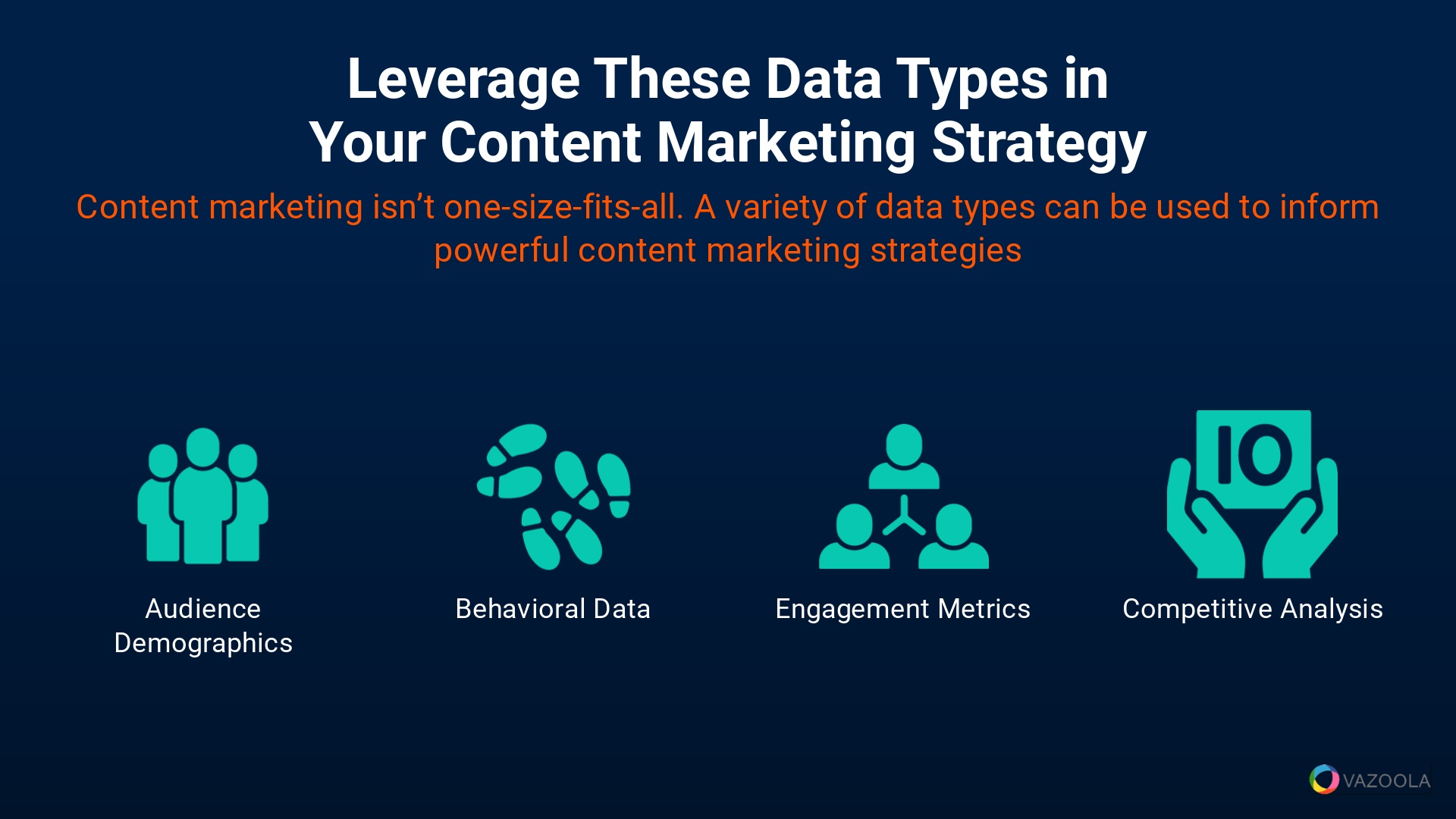
Data-based content marketing isn’t one-size-fits-all. Multiple data types can be used to design powerful content marketing strategies, including:
-
Audience Demographics: Once you know your target audience’s age, gender, location, and interests, you can tailor content to its preferences. Audience demographics help create targeted content that appeals directly to its needs and desires. For example, a fashion brand targeting Gen Z can focus on styles that appeal to a younger age group.
-
Behavioral Data: When you understand how users interact with your website – including data points like pages visited, time spent, and actions taken – you can develop your content accordingly. Behavioral data helps identify what parts of your website are most engaging and what areas need improvement. The data can be gathered with the help of tools like Google Analytics or Hotjar.
-
Engagement Metrics: Engagement metrics are the likes, shares, comments, and other social interactions users make with your website. The data can tell you what content resonates most with your audience. High engagement metrics indicate your content is valuable and relevant to your audience. Based on this information, you can replicate successful content and improve underperforming pieces.
-
Competitive Analysis: By analyzing your competitors' content performance, you can identify gaps and opportunities in your own data-driven strategy. When you understand what works for your competitors, you can adapt and improve your content accordingly, thereby gaining a competitive edge. Tools like SEMrush or Ahrefs provide valuable insights into your competitors' content strategies.
Pro Tips:
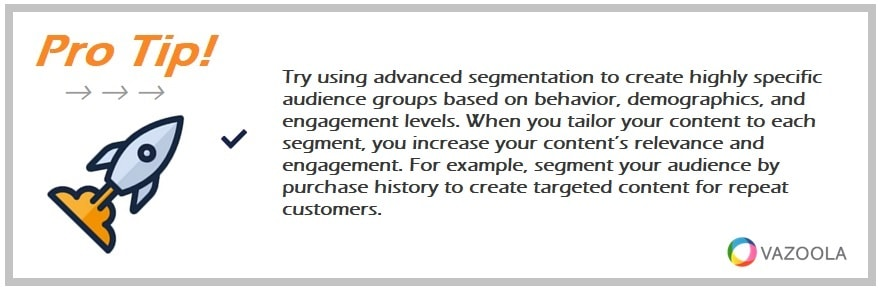
Try using advanced segmentation to create highly specific audience groups based on behavior, demographics, and engagement levels. When you tailor your content to each segment, you increase your content’s relevance and engagement. For example, segment your audience by purchase history to create targeted content for repeat customers.
Using Keyword Research
You can’t have effective content marketing without keyword research. When you understand what your audience is searching for, you can create content that meets its needs.
How do you conduct keyword research? It’s a simple process. First you identify high-volume keywords, then you map them to your content.
How to Conduct Effective Keyword Research
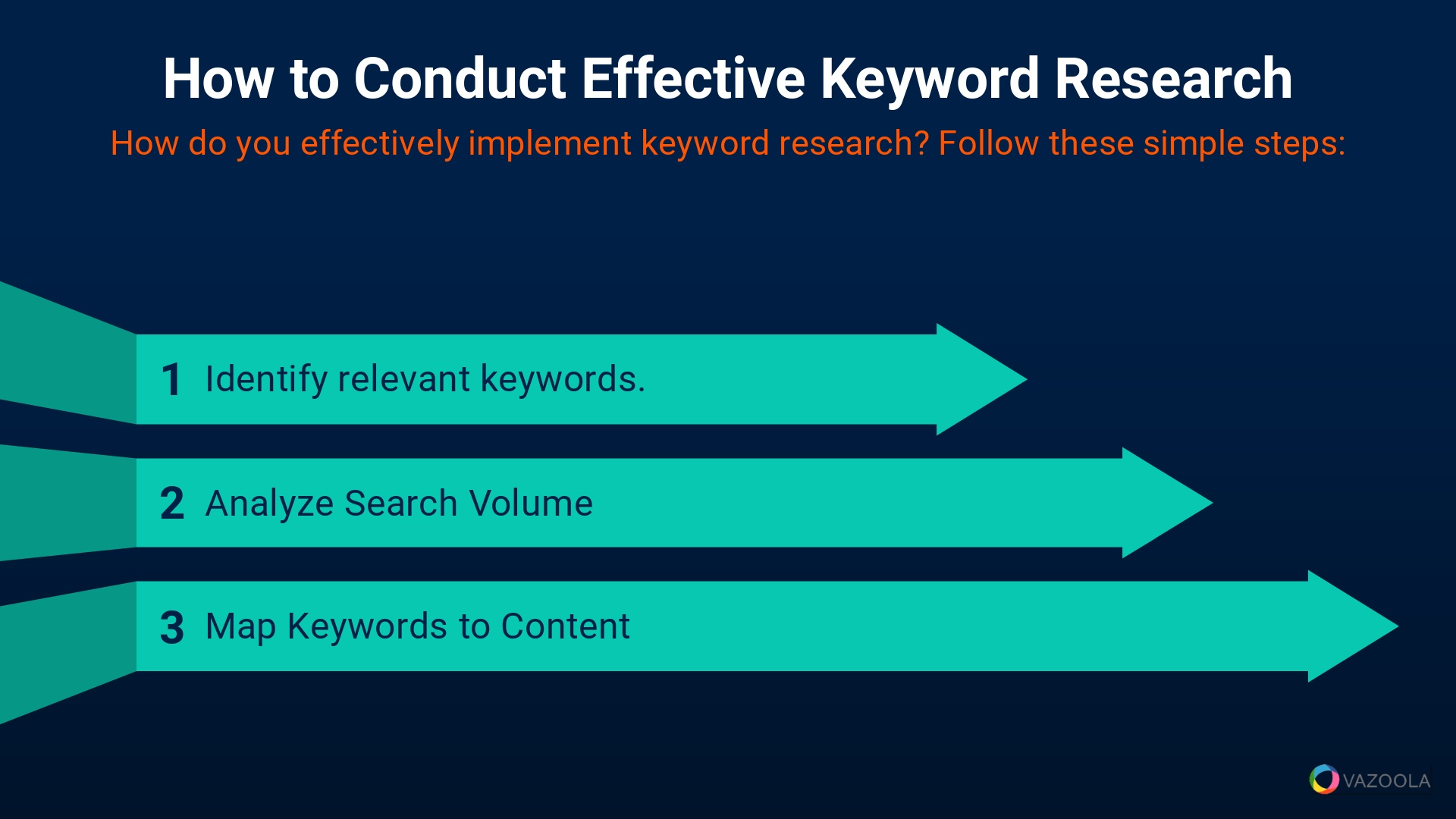
How do you effectively perform keyword research? Follow these basic steps:
-
Identify Relevant Keywords: Tools like Google Keyword Planner help identify keywords related to your niche. Look for keywords relevant to your audience that also have a high search volume. For example, if you run a fitness blog, keywords like "workout routines" or "healthy recipes" might be relevant to your site.
-
Analyze Search Volume: What is a good keyword search volume? When you focus on keywords with a high search volume, they attract more traffic. High search volume indicates strong interest in the topic, which can lead to increased organic traffic. However, it's also important to consider keyword difficulty and competition.
-
Map Keywords to Content: To improve SEO, make sure that each piece of content you publish targets specific keywords. You can accomplish this by strategically placing keywords in titles, headings, and throughout the content. For example, if you're writing an article about "home workout routines," you might include subtopics like "cardio exercises" or "strength training at home."
Effective keyword research doesn’t merely improve your SEO. It also makes content align with an audience’s searches. According to a study by Moz, well-researched keywords can significantly boost organic traffic by as much as 65%.
Understanding Website Analytics
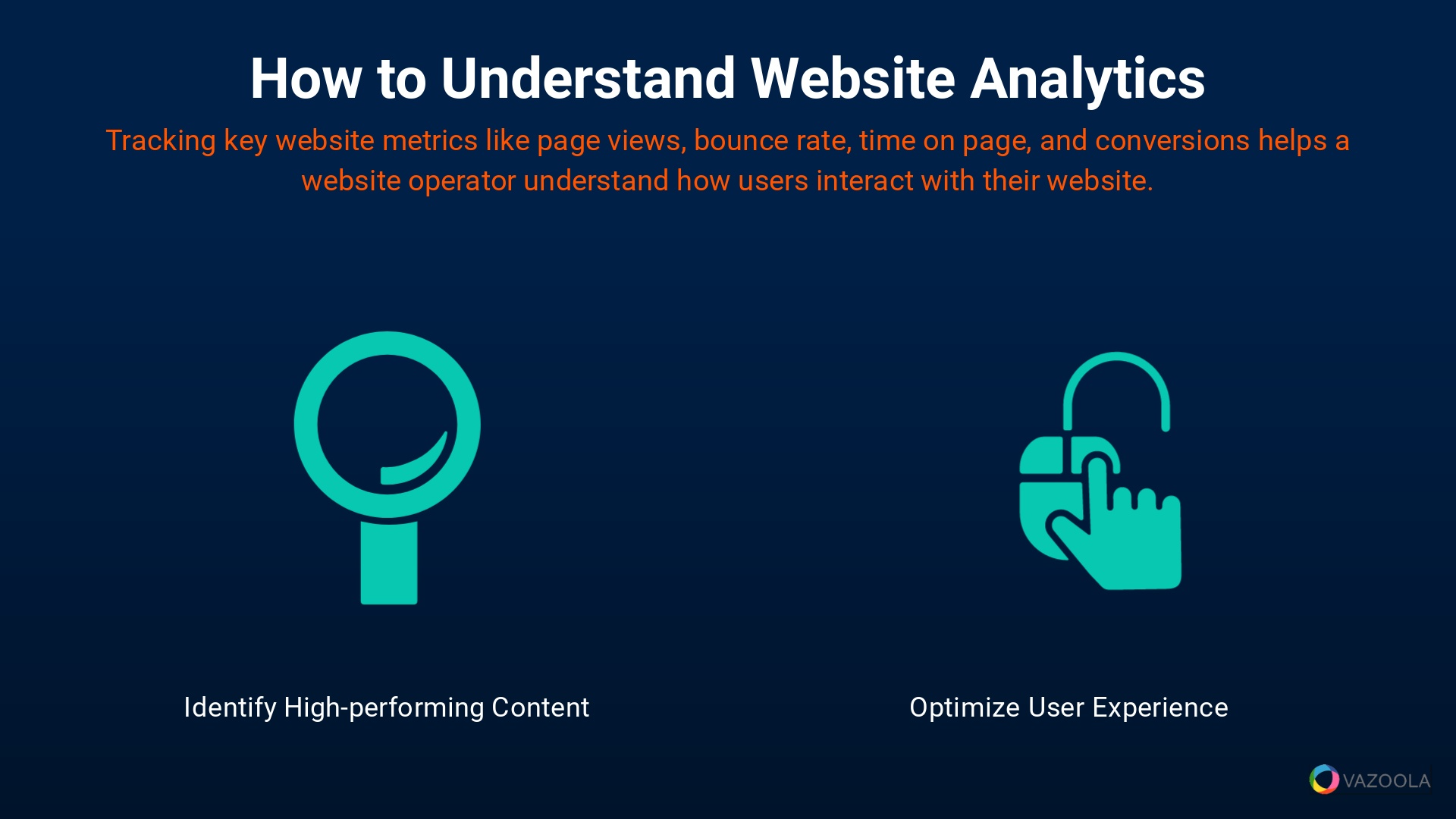
When site owners and SEO professionals track key website metrics like page views, bounce rate, time on page, and conversions, they better understand how users interact with their pages.
What do these metrics mean?
Page views reflect the popularity of your content, while the bounce rate indicates how many visitors leave your web page without engaging further. Meanwhile, time on page shows how long visitors stay, and conversions measure the efficacy of your calls to action.
How to Identify High-Performing Content
Analyzing website data helps identify what content resonates most with your target audience. Look for pages with high views, low bounce rates, and long time-on-page metrics. These data points indicate whether your content is engaging and valuable to your visitors.
How to Optimize User Experience
Continue to use the website data to improve navigation, site speed, and other factors that impact user engagement. For example, if analytics show high exit rates on specific pages, think about revising the content or layout. Enhancing site speed and mobile responsiveness also can significantly boost user satisfaction and retention.
Pro Tips:
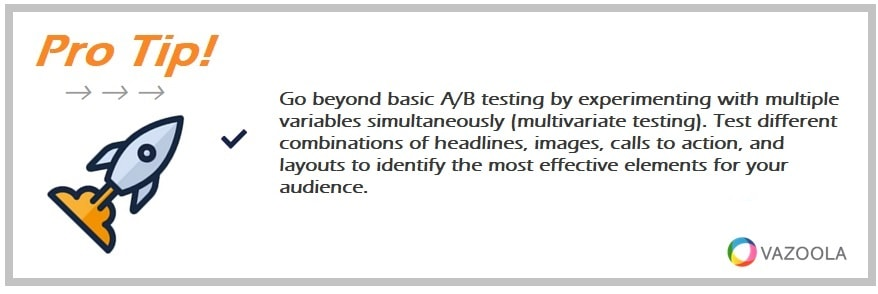
Go beyond basic A/B testing by experimenting with multiple variables simultaneously (multivariate testing). Test different combinations of headlines, images, calls to action, and layouts to identify the most effective elements for your audience.
Leveraging Social Media Analytics
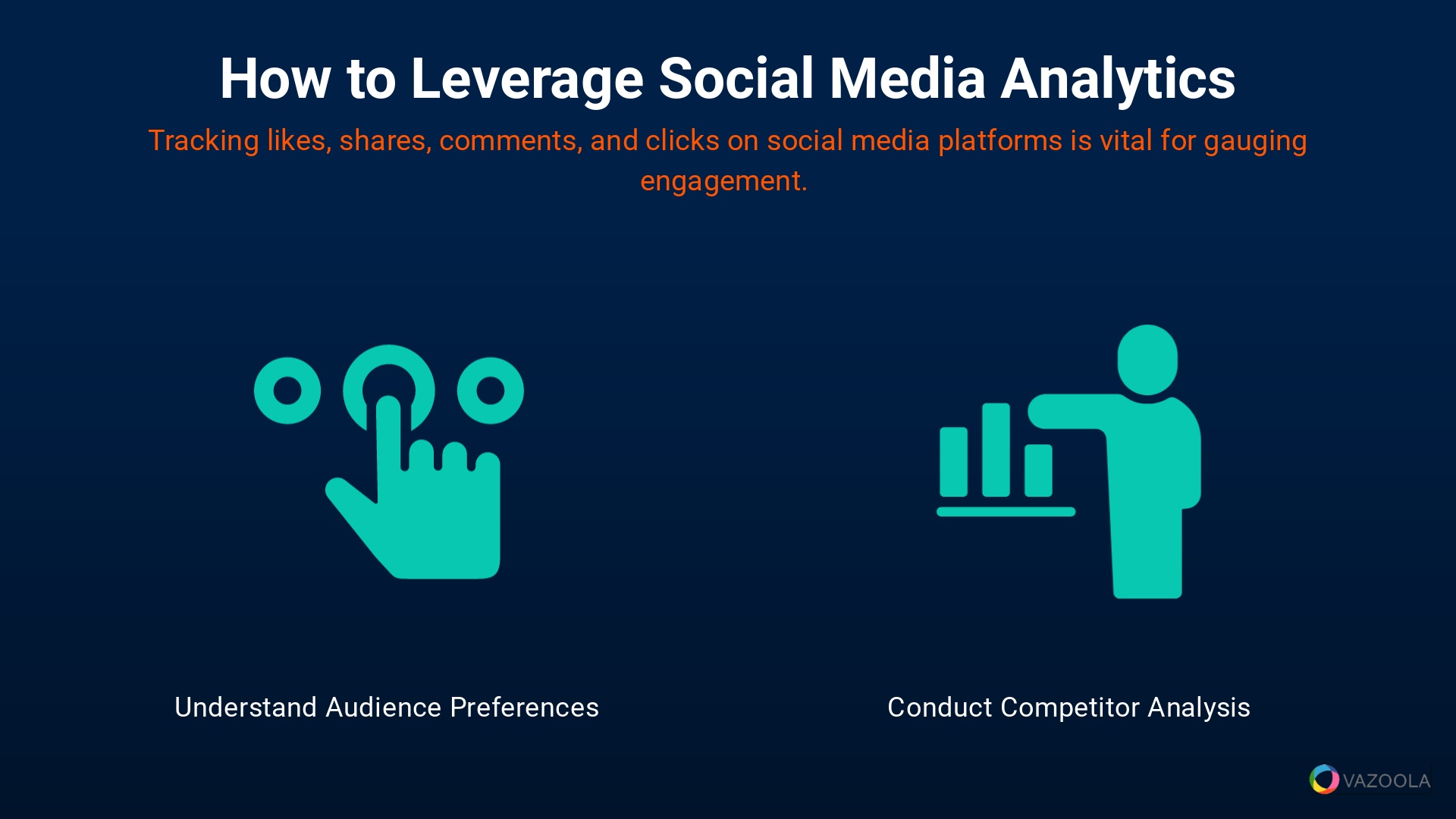
It’s extremely important to track likes, shares, comments, and clicks on social media platforms in order to accurately gauge audience engagement. The metrics show how well your content connects with your audience, and they can highlight which posts are most effective.
How to Understand Audience Preferences
Analyze social media data to identify what topics, formats, and posting times resonate with your audience. For example, if video posts receive more engagement than text posts, consider creating more video content. Tools like Facebook Insights and X (formerly Twitter) Analytics provide detailed data on your audience's preferences.
How to Conduct Competitor Analysis
By analyzing competitor keywords, you can identify opportunities and gaps in your own strategy. By understanding what keywords your competitors rank for, you can find new areas to target and improve your SEO efforts. Tools like SEMrush and Ahrefs can help you conduct a thorough competitor analysis.
Pro Tips:

Perform sentiment analysis on social media and feedback data to gauge audience emotions towards your content. Tools like Lexalytics or MonkeyLearn can help identify positive, negative, and neutral sentiments, allowing you to adjust your content tone and strategy accordingly.
Evaluating Surveys and Feedback
When you gather qualitative data through surveys, polls, and feedback forms, you better understand your audience's needs, preferences, and pain points. Direct feedback provides valuable insights that quantitative data might miss, offering a clearer picture of your audience's expectations.
Guiding Content Creation
Use survey data to inform content topics, formats, and messaging. For example, if a significant portion of your audience requests more how-to guides, consider increasing the production of this type of content. Tailoring your content strategy to audience feedback ensures relevance and engagement.
Implementing Data-Driven Content Planning
Data-driven content planning involves using data insights to decide what content to create and when to publish it. Doing so ensures your content is relevant, timely, and valuable to your audience.
Steps for Data-Driven Content Planning
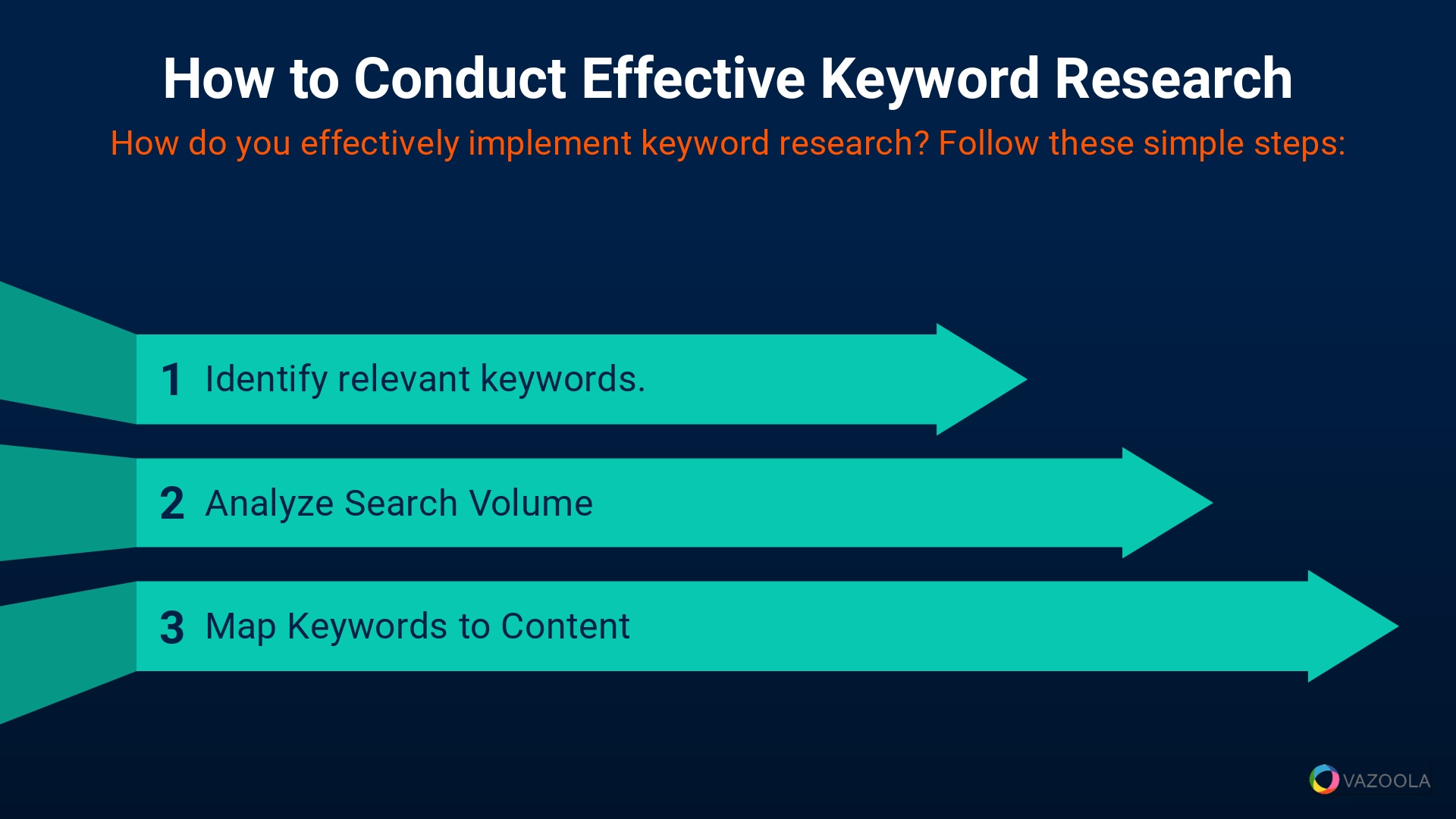
You can successfully engage in data-driven content planning by following a few simple steps:
-
Analyze Audience Data: Use tools like Google Analytics for content marketing to understand your audience's preferences and behavior. Look for patterns in page views, bounce rates, and time spent on pages. Such details can help you identify which topics and formats are most engaging for your target audience.
-
Set Content Goals: Define what you want to achieve with your content. For example, is your goal increased traffic, higher engagement, or lead generation? By setting clear goals, you guide your content strategy and measure success. If your goal is to increase traffic, for example, you can focus on creating SEO-optimized blog posts
-
Create a Content Calendar: Plan your content schedule based on the data insights and audience trends you’ve discovered. A content calendar helps you stay organized. It also helps make sure you're consistently publishing fresh content. Consider using tools like Trello or Asana to manage your content calendar.
-
Monitor and Adjust: Remember to continuously monitor content performance and adjust your strategy as needed. Use analytics tools to track key metrics like traffic, engagement, and conversions. If you notice certain types of content are underperforming, analyze the data to understand why and make necessary adjustments.
Pro Tips:

Use predictive analytics to forecast future content trends and audience behaviors. Tools like Google Analytics for content marketing can help you anticipate what type of content will perform well, allowing you to stay ahead of the curve and continuously deliver relevant content.
Leverage Data for Content Marketing Success
Data is a powerful content marketing tool. It helps create content that connects with your audience, drives organic traffic, and improves overall marketing efforts.
You can leverage different types of data by conducting thorough keyword research and continuously optimizing your content. That way, you help make sure your content marketing strategy is both effective and sustainable.
If you use data to drive your content marketing, it improves your current efforts, and it sets the foundation for long-term success. As technology and consumer behavior continue to evolve, staying data-driven will help you adapt and thrive in the ever-changing world of content marketing.

